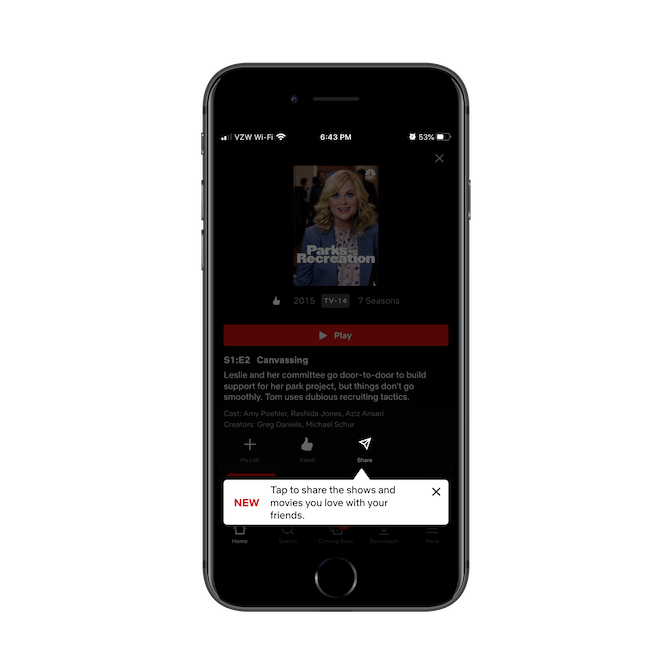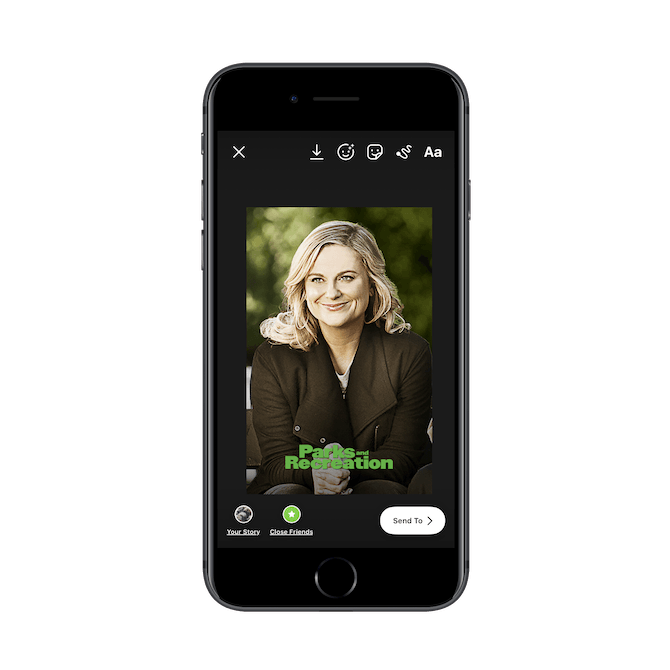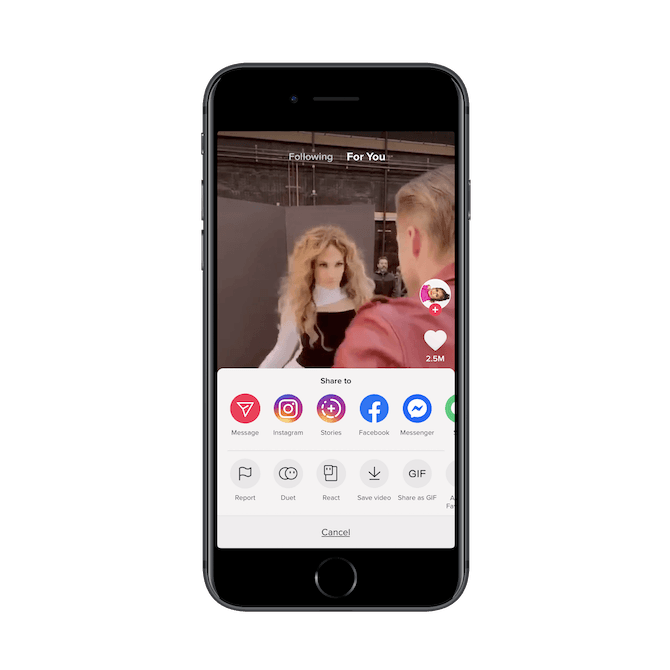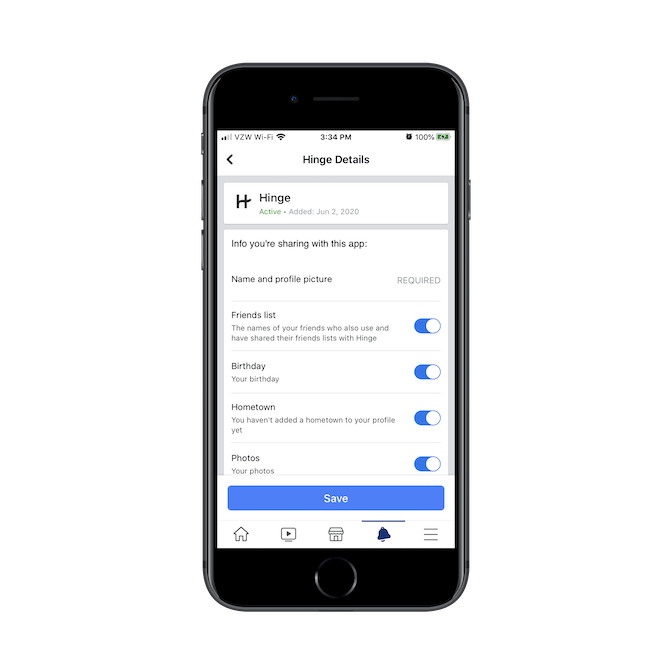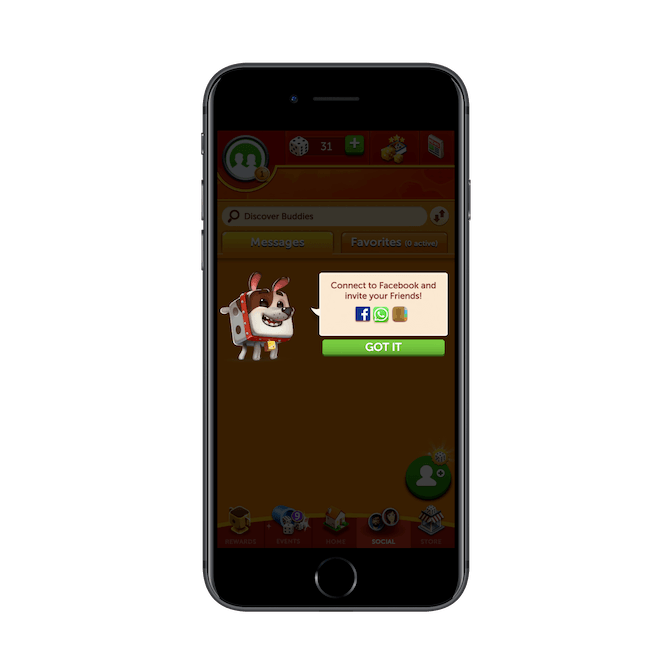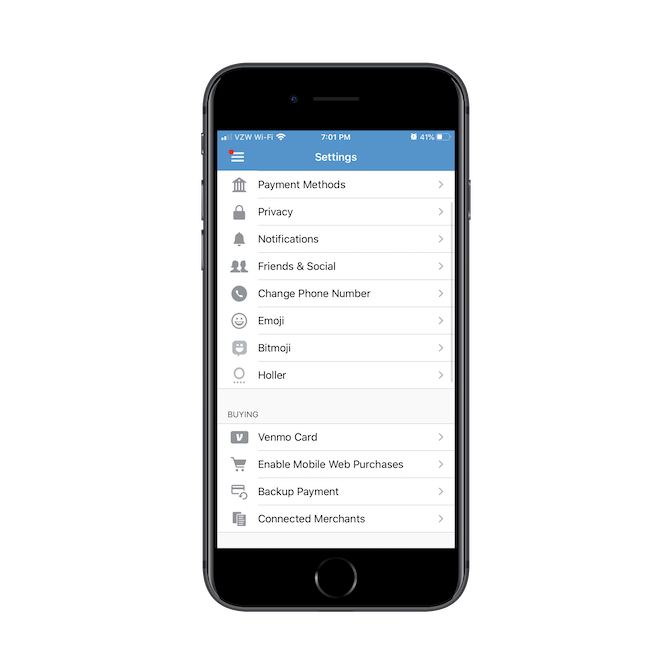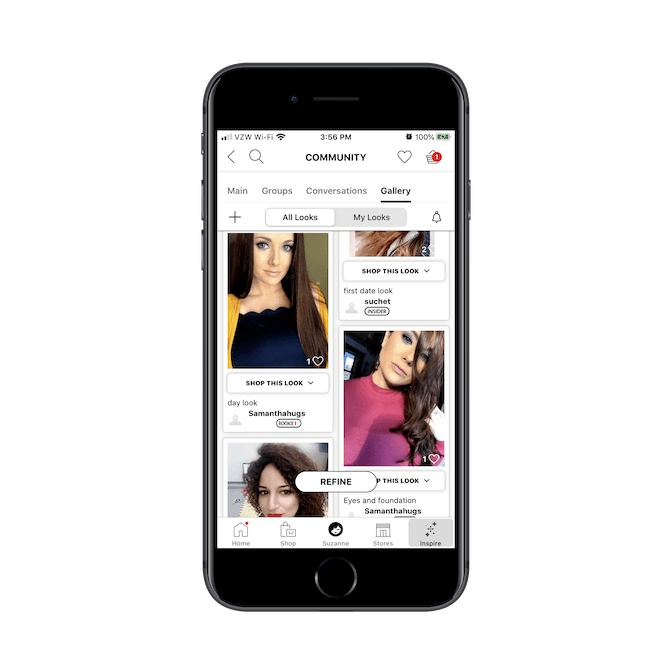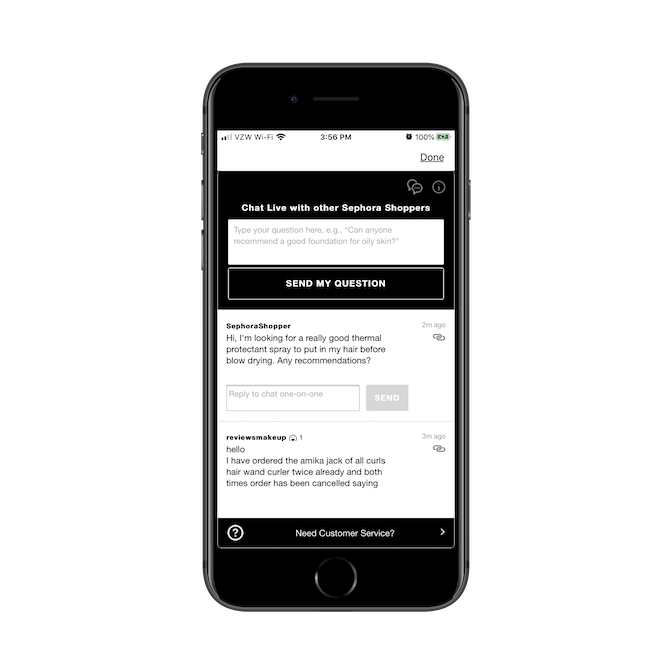Does Social Media Belong in Mobile Apps Anymore?

Although you’re more likely to see social media features built in to websites and PWAs, there are a number of use cases to consider when building a mobile app.
Let’s get right down to it: Aside from Facebook login options and quick-share buttons for blogs, does social media really need to be integrated into mobile apps?
While I believe that less is more when it comes to designing apps and adding features to them, there are some unique and useful ways to leverage social media these days.
Below, I want to look at four ways that mobile app developers are using social media to improve their in-app experiences and give you some ideas for what you can do to improve your own.
1. Enable Users to Share Media with Others
I don’t know about you, but “What are you binge watching now?” is a common conversation I have with friends and family. But it usually goes beyond having a simple conversation where we trade recommendations on TV shows or movies we loved.
Now, we have the ability to share content we’re watching or listening to directly with other people’s devices and social media accounts.
Even if we’re in our own homes doing a solitary activity—like watching a movie or TV show, listening to a podcast, or working our way through a meditation session or workout—many apps enable users to instantly share media links through social media.
Users get to choose whether they want to share with specific contacts or with all of their connections. They also get to choose which of their social media accounts to share their recommendations and opinions to.
This works for a variety of media. The most obvious use case would be a streaming service like Netflix:
This is actually a new feature for Netflix, and I suspect they’ve only just implemented it for a number of reasons:
- App usage is on the up and up
- Users are tired of feeling isolated even if they have no control over it
- Netflix is seeing users share their content on social media regardless of this share feature
You can see here that clicking the button opens a pop-up with share options:
While many of the share options are person-to-person over messaging services like WhatsApp, users can also share what they’re watching to Instagram Stories like this:
What’s nice about this option is that it looks good. Normally, when users share content from one app to another, it’s usually just the title and description text that gets copied over. This, however, gives them something visually engaging to share with their connections without having to take a screenshot or to save the featured image themselves.
Other platforms would benefit from using a similar share feature.
Take TikTok, for instance. Even though it’s a social media platform, its developers clearly recognize that users want to share content (their own and from others) across multiple channels.
Not only does this share feature (indicated by the arrow on the right) do that, but it also encourages users to do so by displaying social proof in the form of share counts:
Over 19,000 people have shared this video created by Jennifer Lopez. And they have a variety of options for sharing, too:
Not only can they automatically create an Instagram Story from this post (like in the case of Netflix), but they can create timeline posts in Instagram and Facebook, among other platforms.
Whether your app produces its own shareable content or users flock to the platform to share theirs, a social sharing feature is a must.
2. Save Users Time Adding Their Personal Info
One of the annoying things about signing up for any new socialization service—for dating, chatting, or making new friends—is having to input the same details over and over again. It’s kind of like switching doctors. You know they’re going to ask you the same questions about yourself (e.g. age, diet, exercise habits, marital status, smoker/non-smoker, etc.) and you’re annoyed that there isn’t an easier way to transfer your data over.
Obviously, users are wary about giving apps too much access to their personal information. But, in this case, I doubt they’ll object. You’re not using the data to spam them with emails or stalk them with ads around the web. You’re using it to enhance their experience.
One simple way to do this is to allow users to pull in photos from their social accounts like Facebook or Instagram, where selfies are prevalent. Bumble BFF, for example, allows for this in addition to other photo-sourcing options:
This isn’t just useful for dating or meetup apps either. If you’re allowing users to create personalized profiles, it would be great to give them this option so they don’t have to spend too much time digging up a photo from their device.
Depending on what your app does, you might decide that it’s worthwhile to ask users for access to other data from their social media accounts.
Hinge, for instance, asks users what they’re comfortable sharing from their Facebook account:
By default, name and featured image are automatically imported, and users shouldn’t have any issue with that. However, they can also grant the app access to things like:
- Friends list
- Birthday
- Hometown
- Photo albums
Again, this is all about saving the user time in filling out their profile and getting the most of the app’s functionality. And what’s nice about this particular example is that Hinge allows users to decide which pieces of information they want to reveal, so control remains in their hands.
Socialization apps aren’t the only ones that would benefit from this access feature. For instance, Homescapes—like many other gaming apps—enable users to log in with Facebook:

Notice that the Facebook login isn’t framed in that light here. The main purpose in connecting to a user’s Facebook account is so they can save their progress in the game. So, when they click the blue “Save progress,” they’re taken to a “Sign in with Facebook” page to do so. This allows users to delete the app and take a break from the game without having to start all over again when they return.
3. Allow Users to Share the App Experience with Others
Similar to how someone might want to share the show they’ve been watching with someone they know, there are other ways users want to share their in-app experience with others.
Namely, they want to engage with others from within the app. And while they could certainly add the people they know with an email address, it can get tedious trying to first track down that info and then input it for every person they want to connect with.
This is another way that social media integrations serve both you and your users well. And what’s neat about this is that it works for a wide variety of apps.
For instance, this is Yahtzee with Buddies Dice:
Gaming apps that aren’t designed for solo play usually enable users to play against a computer or a virtual player. But, to be honest, it’s a lot more exciting to play against or alongside people you know.
So, when gaming apps allow users to play with Facebook friends, you can imagine that there’s a greater investment in the app as they have personal connections waiting to play with them instead of a list of random matches they need to tackle.
Another place where I see this social connectivity option a lot is in payment apps like Venmo:
With professional payment tools like PayPal, you wouldn’t even consider something like this. You might allow users to import email contacts to streamline setting up clients, but definitely not connecting to social media.
Personal payment apps are a different breed though. These are commonly used to send or receive money from friends, family, coworkers, or even random people buying stuff from Facebook Marketplace. So, it makes a lot of sense that users would want a quick way to connect to Facebook and get payments into the hands of their Friends.
What’s great about using Facebook contact lists as these examples do is that it’s beneficial in terms of user signups, engagement, and retention:
- If they know real people who use and like the app, they’re more willing to sign up and commit to the app over other options
- When there’s someone they know that’s interacting with them from the other side of the screen, users are likely to log in frequently
- It can be great for accountability when used within apps that challenge users, too, since having a “buddy” can make them less likely to quit
4. Create a Social Network of Your Own
This last one actually doesn’t have anything to do with using social media APIs to enhance your app. What this is about is leveraging all of the good stuff that your users love about social media and recreating it within your app.
Why would you want to do that?
One of the biggest reasons is that it won’t be a choice between “Do I connect through Facebook?” or “Do I keep my data safe?” So, you won’t have to worry about privacy concerns depriving your users from getting the most of your app.
Instead, you can build your own social features and grow a loyal following right from within your app. It also enables you to add a bigger social component to your app instead of cherry-picking which social features you want to use and which channels to pull them from.
You commonly see this with ecommerce brands that have fiercely loyal fans like SHEIN:
Not only does SHEIN display user-submitted product photos within a dedicated “Gals” section of the app, but it categorizes them with hashtags like #SummerFun and #Plus&Curve.
Sephora is another ecommerce brand that’s created its own social community. Users can find it under the “Inspire” tab of the app:
Sephora does things a little differently.
For starters, app users can actually refine the content they see in the gallery. Even if Sephora doesn’t have an algorithm like Instagram or Pinterest does to display content based on user interests, behaviors, etc., the “Refine” feature enables users to personalize the feed on their own.
Another thing you don’t see a lot of when apps build their own social communities is this:
Sephora’s community chat doesn’t automatically put app users in touch with customer service. Instead, it gives them the option to chat with other Sephora shoppers, which I think is a really nice choice.
When you think about why people choose to buy the products they do, it’s usually because someone they know or someone who actually bought the product recommended it. But rather than force users to skim through hundreds of reviews to find a very specific answer to the question they have about a product, they can pose that question directly to other shoppers.
While many of the social integrations mentioned above are great for enhancing the user experience, building your own social community is the best way to increase retention and loyalty.
Wrap-Up
When writing about ethical design, I had primarily focused on how to keep users from spending inordinate amounts of time in your app.
But here’s the thing:
As I write this, the world is still working its way out of a major crisis that’s changed most people’s lives. As a result, consumers are spending much more time in front of their devices as they seek out a diversion from what’s going on. There’s no reason to try and fight this right now. People need something to turn to and it might as well be your app.
Some of the integrations above will enable you to enhance their experience. And others will make your users feel more connected, even if they’re still just staring at and tapping a screen. I’d like to think that these social media features are useful in helping to cancel out the harmful effects of rising app usage.

Suzanne Scacca
A former project manager and web design agency manager, Suzanne Scacca now writes about the changing landscape of design, development and software.

